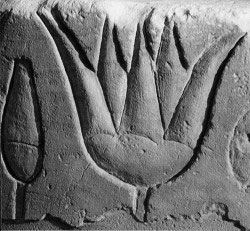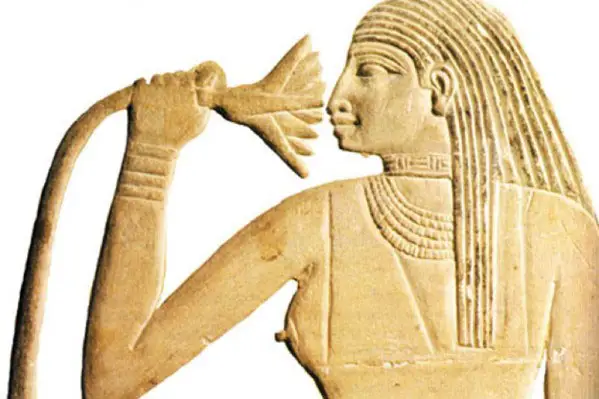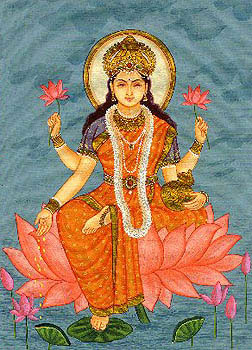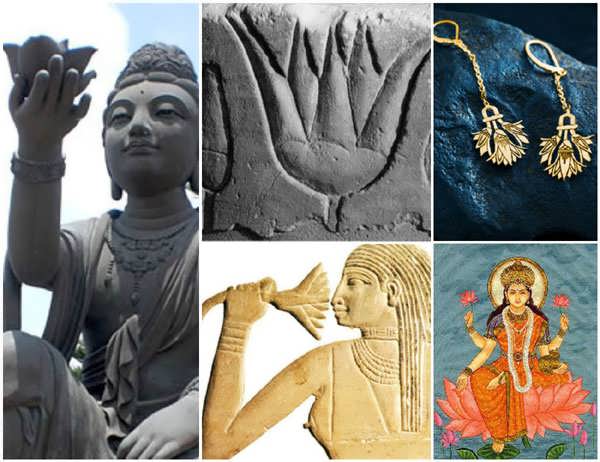The lotus flower is a symbol of beauty, purity, and tranquillity in several cultures. The ancient Egyptians associated the lotus flower with beauty and rebirth, and even today, it is an emblem of purity and enlightenment in the Buddhist and Hindu faiths.
Ancient Egyptians
The lotus flower was central to Ancient Egyptian culture. Two colour types predominated: the blue and the white. The former was more prominent and can be seen in many hieroglyphics.

The lotus flower was primarily a symbol of death and rebirth for the Egyptians. This association arose from the way that the flower would retract into the water at night and emerge with the rising sun. Surviving hieroglyphics depict the Sun God being borne from the Nun (primordial water) by a lotus flower. The Egyptian Book of the Dead includes spells for transforming a person into a lotus, allowing them to be resurrected.

Buddhism
In Buddhism, the lotus flower is one of the Eight Auspicious Symbols and embodies three primary attributes connected to its ability to rise from muddy water:
- Enlightenment: Emerging from murky darkness to achieve a state of beauty, grace, and perfection.
- Purification: Purifying of a human spirit originally born into darkness and ignorance
- Faithfulness: Those who work to transcend the depths need to be faithful followers of an enlightened teacher
The different shades of the lotus flower have their own symbolism in Buddhist philosophy. White flowers represent love and compassion, blue is associated with wisdom and logic, purple is the color of higher spirituality, pink is considered the ‘true lotus’ of Buddha and gold, which is the pinnacle of the color spectrum, symbolizes the achievement of total enlightenment.

Hinduism
The Bhagavad Gita states, “One who performs his duty without attachment, surrendering the results unto the Supreme Lord, is unaffected by sinful action, as the lotus is untouched by water.”
In traditional Hinduism, the white lotus flower symbolizes beauty, spirituality, prosperity, and fertility. The Bhagavad Gita counsels people to live like the lotus: work without being attached to the results, dedicate their actions to the Supreme Being and be untouched by sinful thoughts and deeds. As the lotus flower emerges from the muddy water to achieve a state of absolute purity, it presents an example to people who aspire to wisdom and spiritual enlightenment.
Many Hindu gods and goddesses are connected to the lotus flower. Laxmi, the goddess of prosperity, is traditionally depicted atop a fully open lotus and Brahma, the god of creation, is said to have emerged from a lotus that springs from Lord Vishnu’s navel.

Summary
Although there are variations in what the lotus flower represents to these different cultures and faiths, there is a common underlying theme. The unopened lotus bud represents a folded yet pure soul that can, under the right conditions, emerge into the light and open itself to the divine truth.
Confucian scholar Zhou Dunyi echoed this sentiment when he said, “I love the lotus because while growing from mud, it is unstained.”

